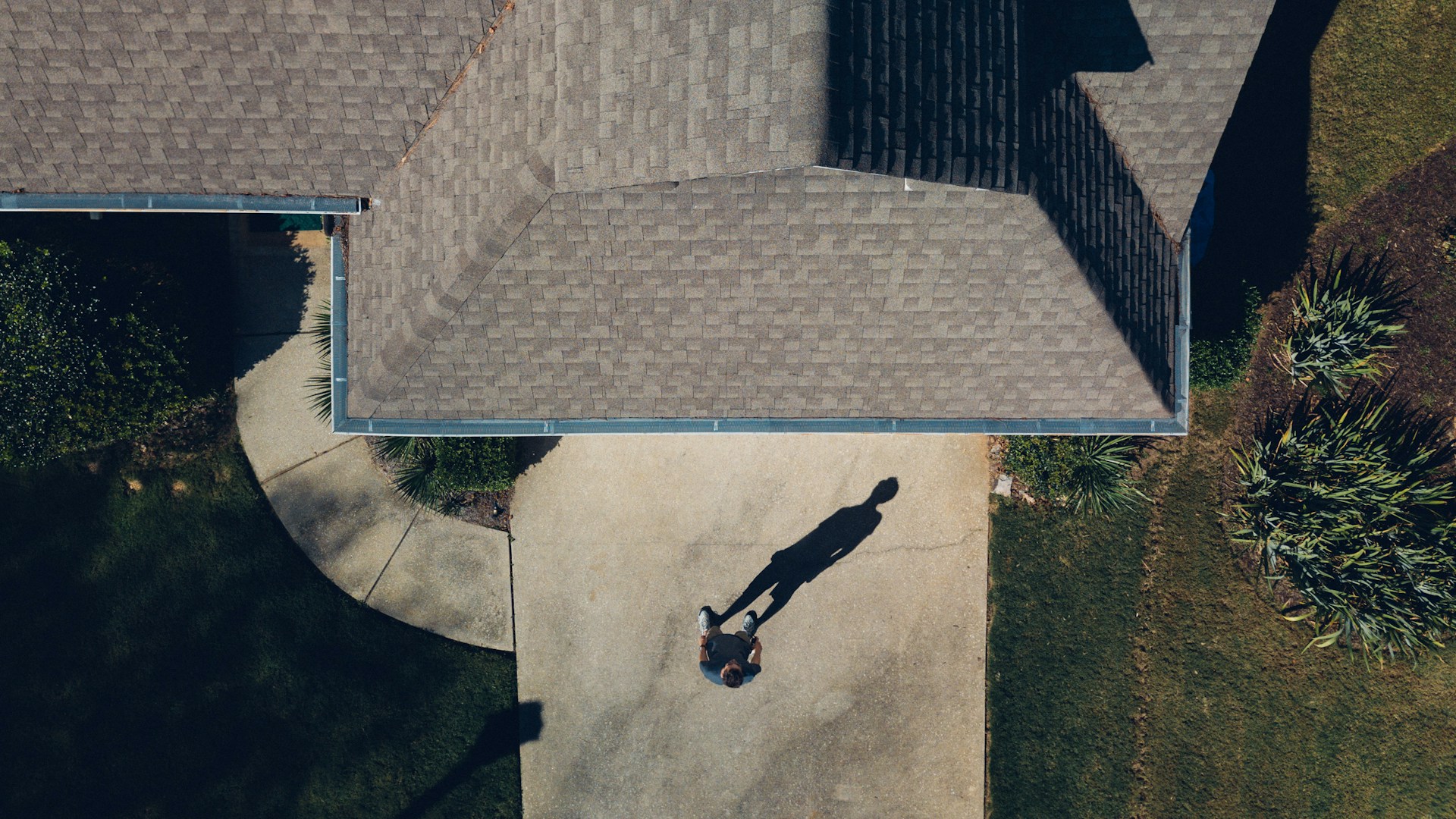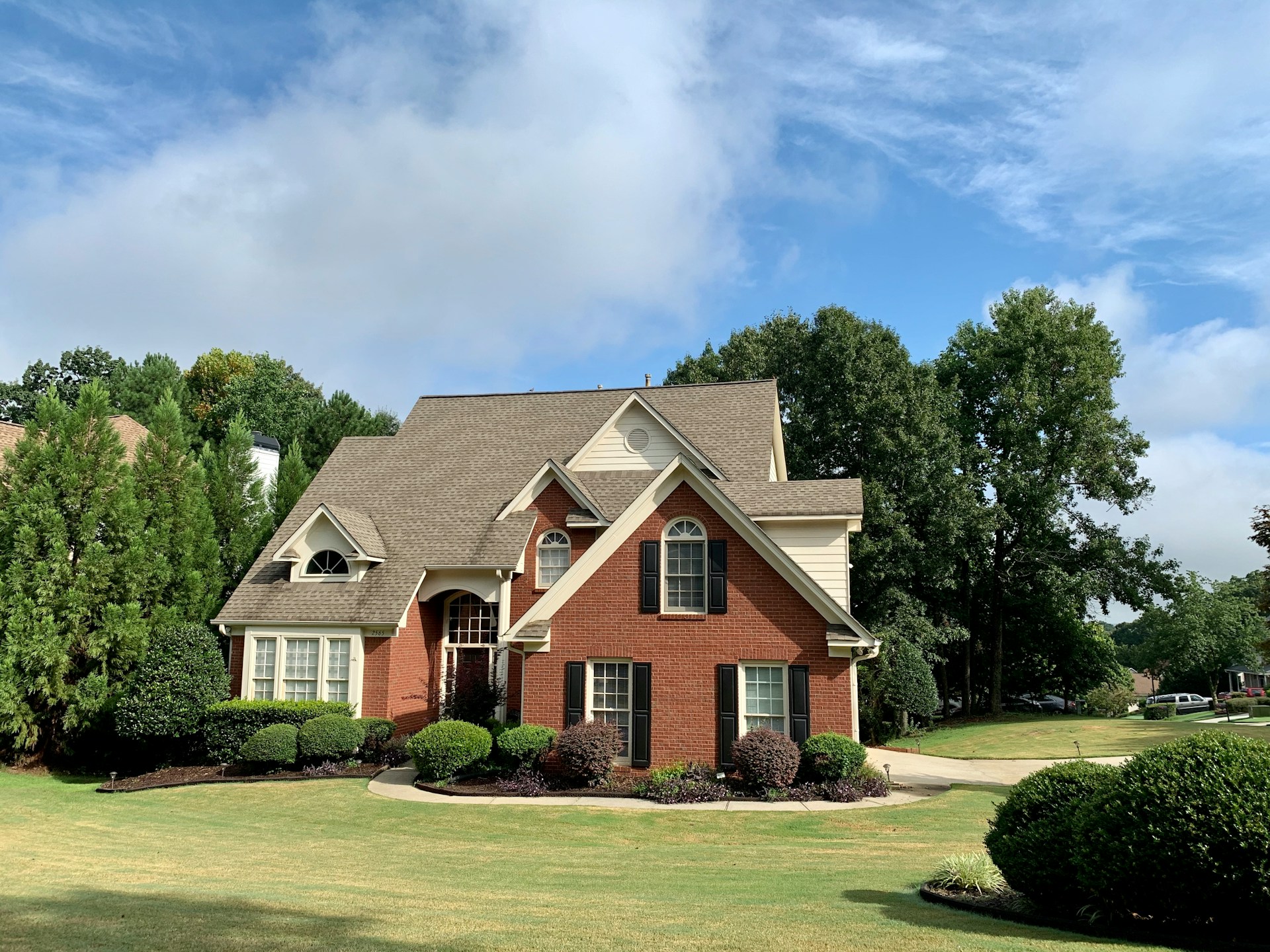When something goes wrong with your roof—maybe a leak shows up in the hallway, or you notice shingles curled up along the edge—it’s natural to wonder: should I just repair this, or is it time to replace the whole thing?
The answer depends on a lot of factors. Cost is a big one, but not the only one. You also need to consider the condition and age of your roof, what kind of damage you’re seeing, and whether putting a “band-aid” on it will really solve the issue—or just delay the inevitable.
So let’s walk through when a repair makes sense, when it doesn’t, how to weigh costs, and why your decision might also affect your home’s value and even your insurance coverage.
When a Repair Makes Sense
Let’s start with this: repairs are always cheaper upfront than full replacements. Less time, less material, and fewer crew members mean less cost. But whether it’s the smart decision depends on the situation.
Repairs typically make sense when the problem is small and isolated. For example:
- A single pipe boot is cracked and leaking
- A section of flashing around a chimney has pulled loose
- A few shingles have blown off in a windstorm
- A skylight has developed a small leak, but the rest of the roof is solid
These types of issues are often more about a specific component failing—not your entire roof system breaking down.
A common example: pipe boots. Many roofers use neoprene pipe boots, which have a rubber collar that sits around plumbing vent pipes. Over time—usually 10 to 20 years depending on exposure—those collars can rot out and crack. The fix? A simple pipe boot sleeve or replacement. Problem solved.
Another example is improperly installed flashing—whether it’s step flashing along a wall or counterflashing on a chimney. If it wasn’t installed right, water can find its way behind it. But again, if your shingles are still in good shape, a proper flashing repair can extend your roof’s life without the need for a full replacement.
So, Why Not Always Repair?

Because some repairs aren’t truly solving the problem—they’re just delaying it.
If your roof is old, the shingles are brittle, or the granules are mostly gone, a repair might not even hold. We’ve seen repair attempts where a roofer went to remove a shingle and the surrounding ones crumbled or tore because they were so fragile. That’s not uncommon on older roofs—especially after years of sun exposure, freeze-thaw cycles, and general wear.
It’s also important to ask: what will this repair cost—and how much life do I realistically have left on this roof?
If a repair is going to cost you $1,500–$3,000 and your roof is already 20+ years old, is it really worth it? Or are you just throwing good money after bad?
Let’s be honest: sometimes repairs are a temporary fix that leads to a full replacement anyway. And while that may be the right call for some homeowners (especially if you need to save up for a full job or line up financing), for others it’s better to invest now and be done with it.
When to Consider a Full Replacement
Here are some of the signs that it might be time to stop repairing and start replacing:
- Your roof is nearing or has passed its expected lifespan
- You’re dealing with multiple leaks in different areas
- You’ve had several repairs already and they keep stacking up
- The shingles are curling, cracking, or shedding granules
- You’re starting to see visible sagging or soft spots in the decking
- You want to upgrade aesthetics, increase home value, or plan to sell soon
There’s also a hidden cost to doing nothing—or delaying. Every leak runs the risk of causing insulation damage, mold growth, rotted decking, or ruined drywall. Replacing a roof is expensive, yes—but dealing with major interior damage often costs even more.
Think of it like that old car: if you’re constantly putting money into small repairs, but more things keep breaking, you eventually reach the tipping point where it’s smarter to get a new one. The same thing happens with roofs.
Roof repairs old roof replacement with new shingles of an apartment
How Much Does a Repair Really Cost?
It varies widely.
For very minor repairs—like sealing a flashing seam or slipping a boot sleeve over a vent—some contractors might charge nothing or a nominal service fee, especially if it takes less than an hour and builds goodwill. We’ve even seen some companies do these for free in exchange for a good review or referral.
For most companies though, expect a minimum service call fee, usually in the range of:
- $300 to $500 for a small patch or isolated repair
- $800 to $1,500 for more involved work like flashing or vent replacements
- $1,500 to $3,000+ for larger repairs such as skylight replacements, major slope work, or partial tear-offs
At a certain point—usually around the $2,000 to $3,000 mark—you have to seriously ask: is this worth patching, or am I better off using that money toward a full roof?
Bonus: Insurance and Roof Schedules

Here’s something many homeowners don’t realize: insurance companies are cracking down on old roofs.
Many carriers now use what’s called a roof schedule, which reduces the payout you get on your roof claim based on the age of your roof. So if you have a 20-year-old roof and you file a claim, your insurer might only pay for half the cost—or less—based on depreciation.
Some policies automatically switch from Replacement Cost (RCV) to Actual Cash Value (ACV) once the roof hits a certain age. That means even if a storm wrecks your roof, you might not get enough to actually replace it unless you’ve already updated the roof yourself.
Worse: some carriers are now threatening to drop coverage altogether unless the roof is replaced. We’re seeing this more often, especially in higher-risk states or areas with frequent hail or wind claims.
If your insurer is sending you warning letters or switching you to ACV coverage—it’s time. A roof replacement is no longer optional at that point.
What Roofs Made Easy Recommends
We don’t pressure people. We don’t upsell repairs into replacements when they’re not necessary. But we also don’t sugarcoat reality just to win your business.
If a repair is going to buy you five years of peace for $500—great. Let’s do it. If a repair costs $2,000 and your roof is already toast—we’ll explain why replacement makes more sense, and help you get it done affordably and correctly.
We also offer financing options with no prepayment penalties. So if you’re trying to save for a new roof but need to stop the leaks now, you don’t have to throw money at temporary fixes. You can protect your home now and pay it off responsibly.
Our Rule of Thumb
If a repair is just a few hundred bucks and gives you real time—do it.
But if it’s thousands of dollars for a short-term patch, or you’re constantly dealing with new problems every few months, that’s a sign: it’s time to stop spending money on band-aids and start investing in a full solution.
We’re here to help you make that call—with honesty, clarity, and no pressure.
That’s roofing made easy.
